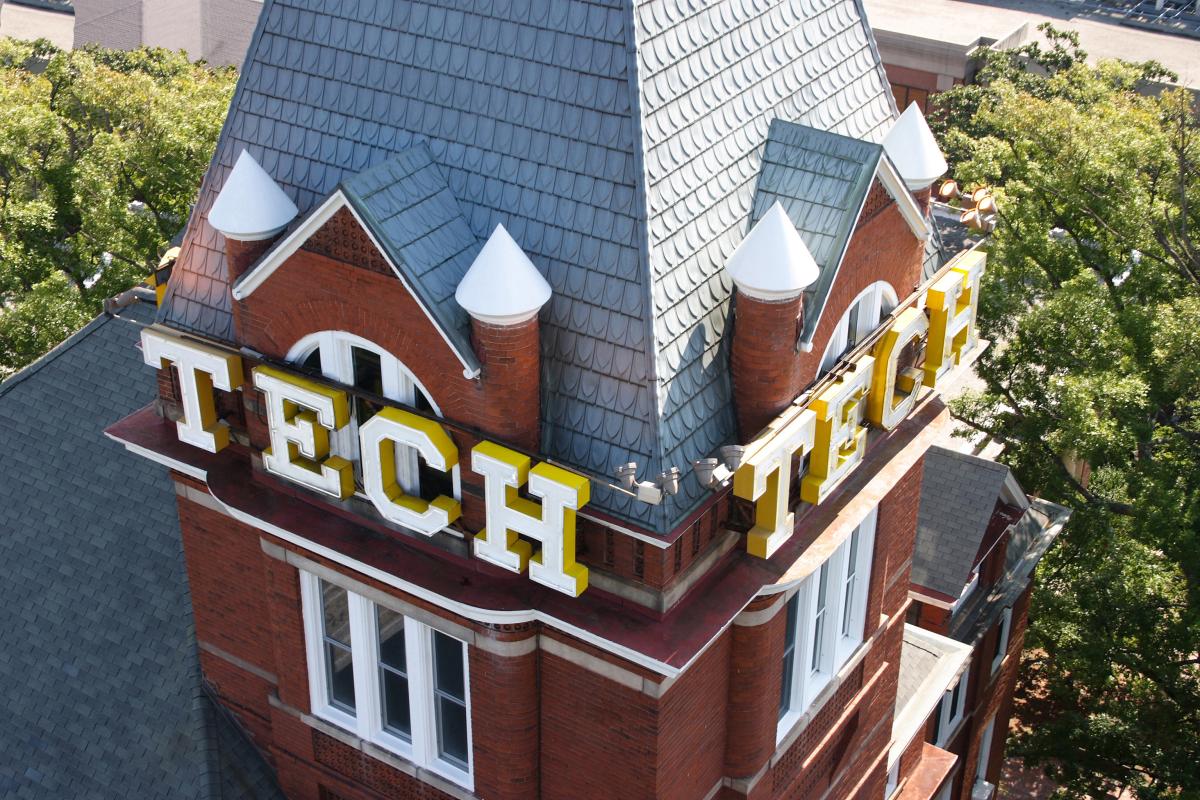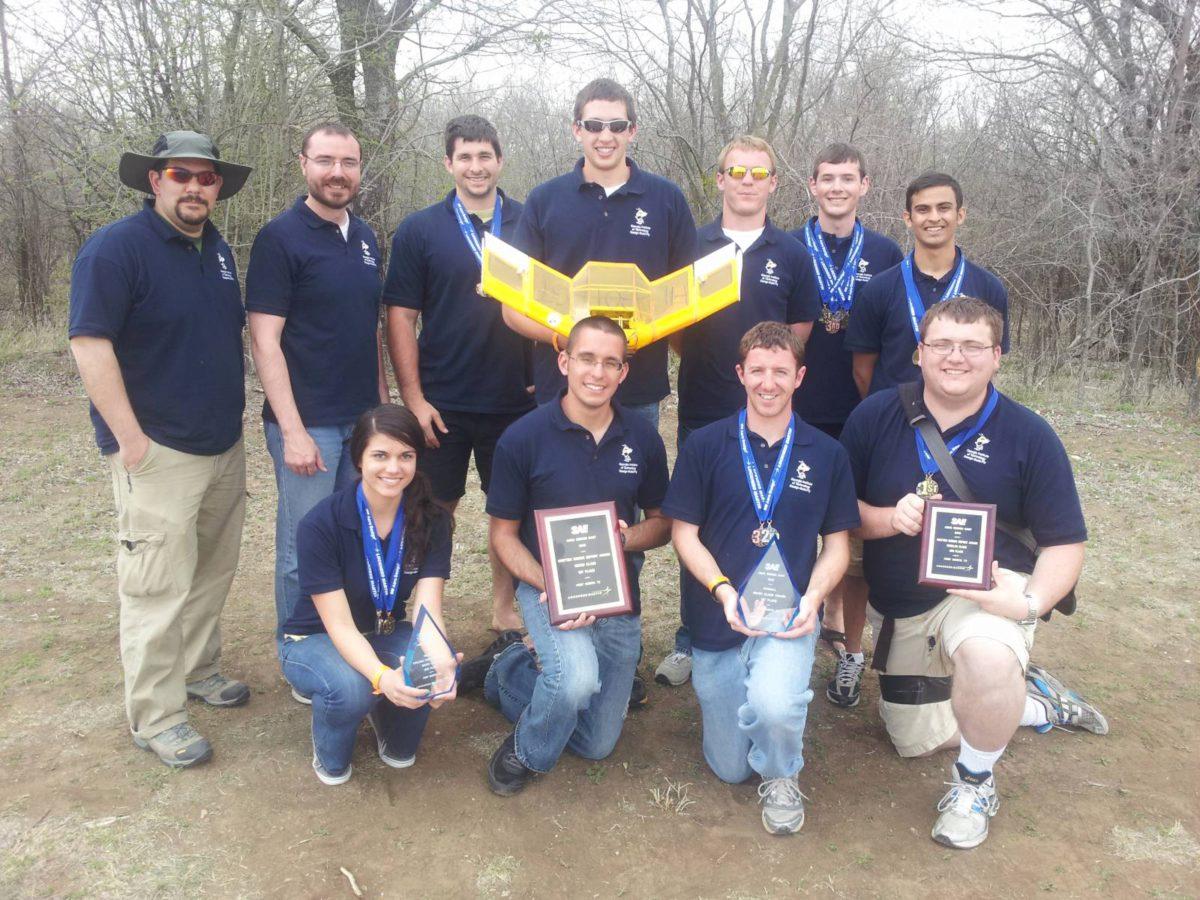
The micro class required the team to build a hand or catapult launched electric powered airplane that has a very low empty weight and can still carry a heavy payload. The Georgia Tech team built a flying wing with an empty weight lower than the average cell phone that could still carry over 4.6 times its own weight in steel payload. In addition to taking the overall first place in the micro class, the Georgia Tech team also won an award for the top micro class design report, for carrying the second highest payload fraction, and for the third place design report in the regular class.
A total of 40 students from both the Aerospace and Mechanical Engineering departments are part of the team, ranging from freshman to graduate students and led by AE senior Tom Neuman. The team is sponsored by Boeing, Rolls-Royce, and Lockheed-Martin. The AE team won 5 of the 6 rounds of this competition to take the first place.
SAE International is a global body of scientists, engineers, and practitioners that advances self-propelled vehicle and system knowledge in a neutral forum for the benefit of society.
The Aero Design competition is intended to provide undergraduate and graduate engineering students with a real life engineering exercise. The competition has been designed to provide exposure to the kinds of situations that engineers face in the real work environment. The Aero Design is meant to give students the opportunity to demonstrate their ability to apply engineering knowledge and leverage toward obtaining their career goals. In helping to make this possible, the rules promote engineering tradeoffs, systems engineering, component engineering, and multidisciplinary teamwork among many other industry valued skills. Like previous years the competition includes 3 distinct classes of aircraft including Regular, Micro, and Advanced Class. The Regular Class is the most simplistic whereas the Micro and Advanced Class are intended for experienced teams and those wanting greater challenge. P
